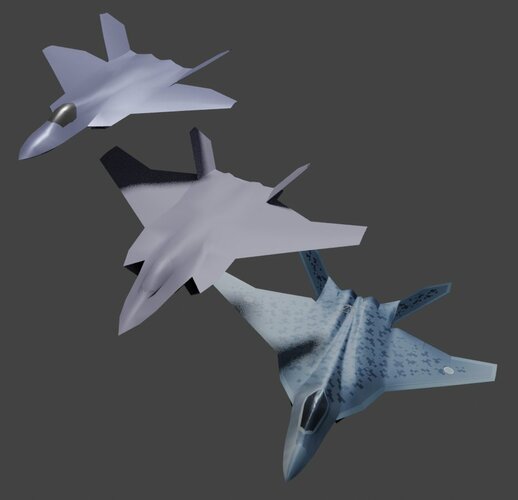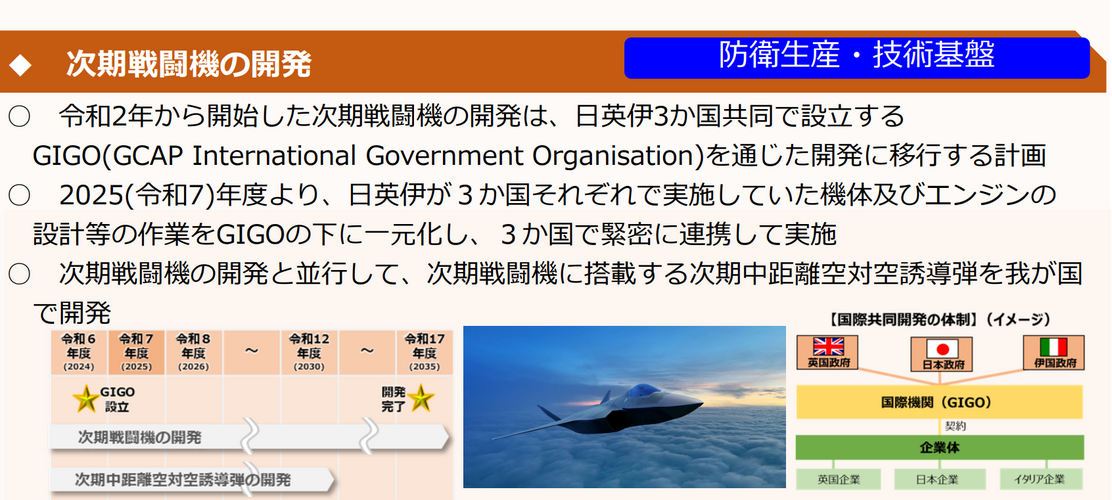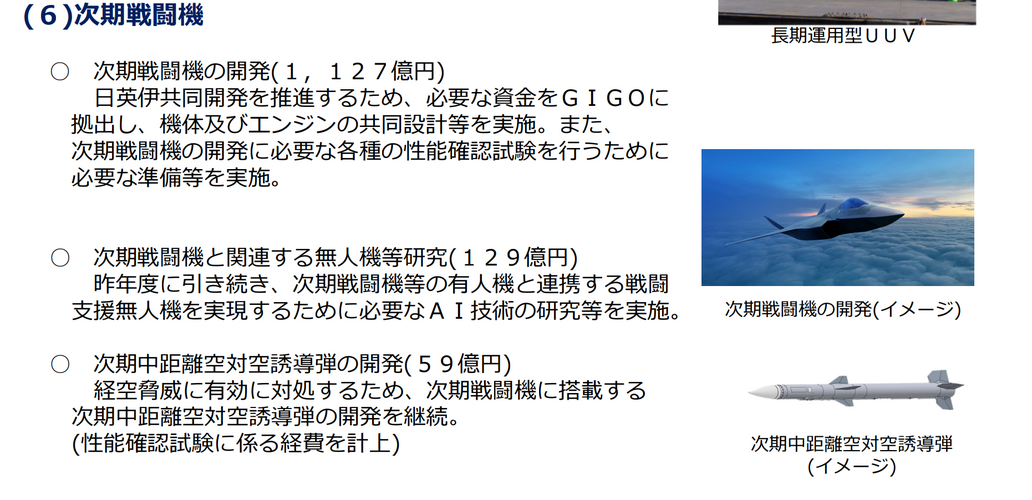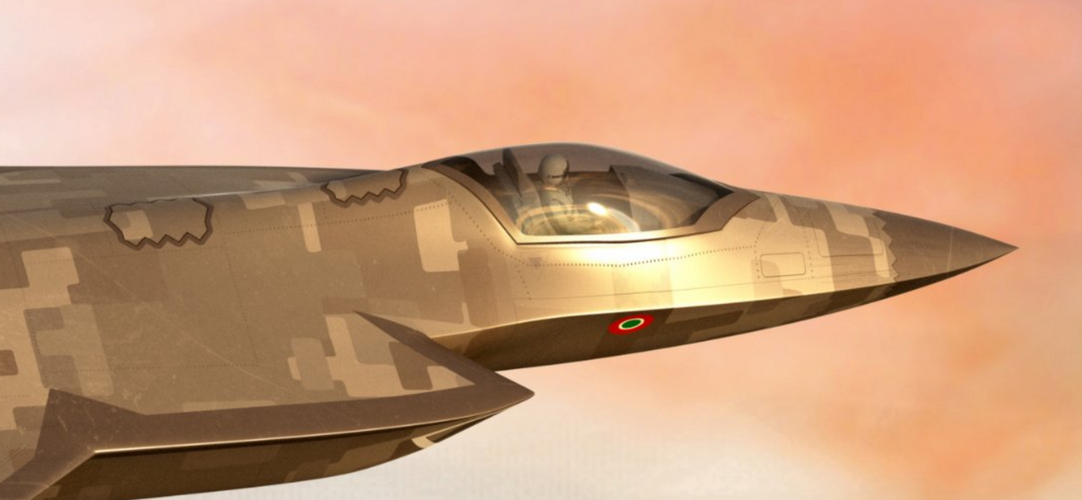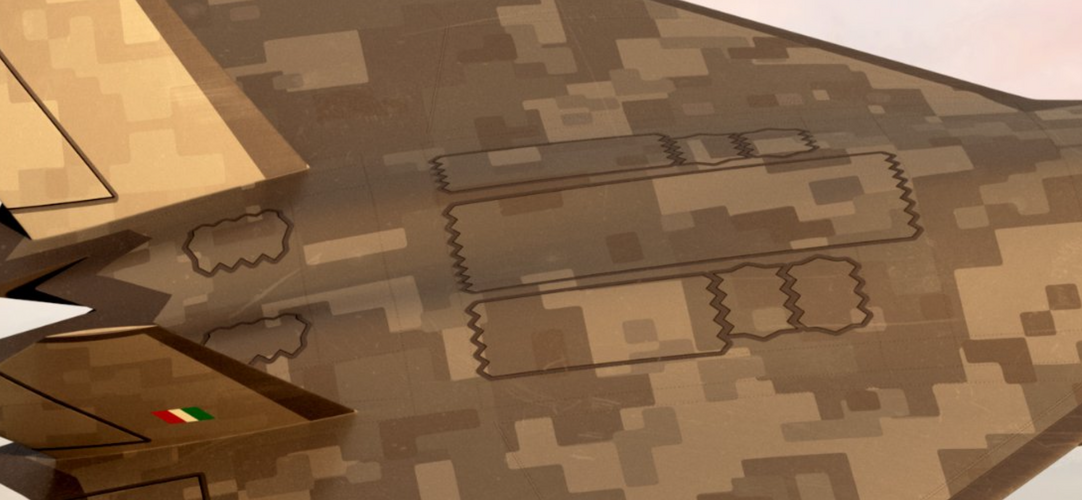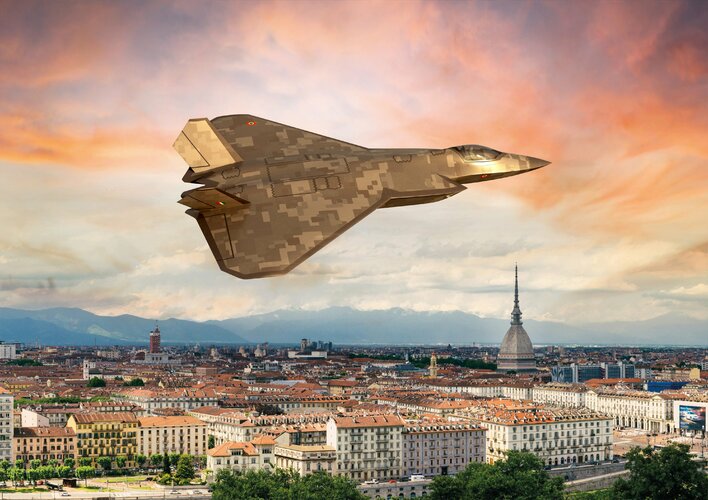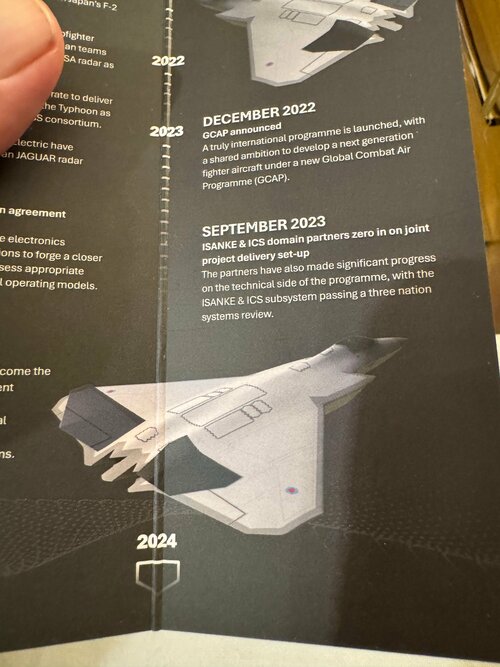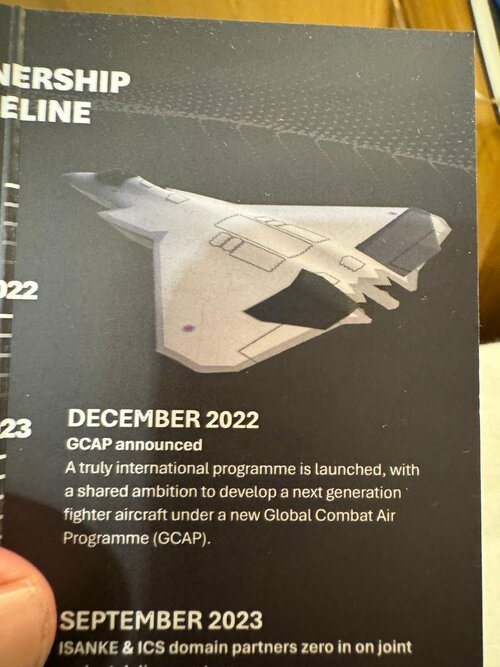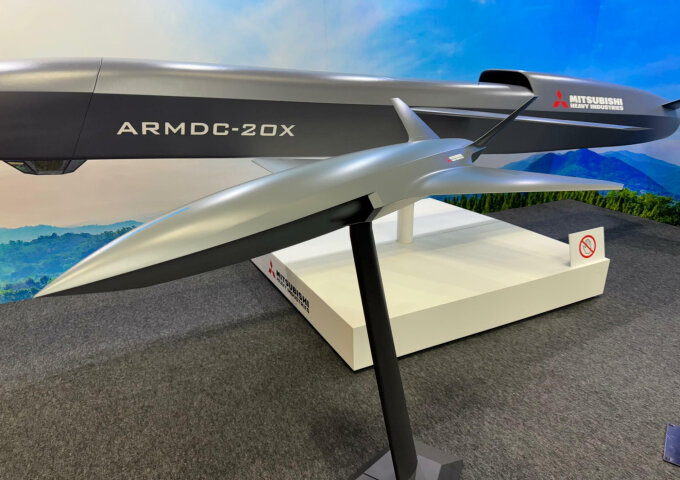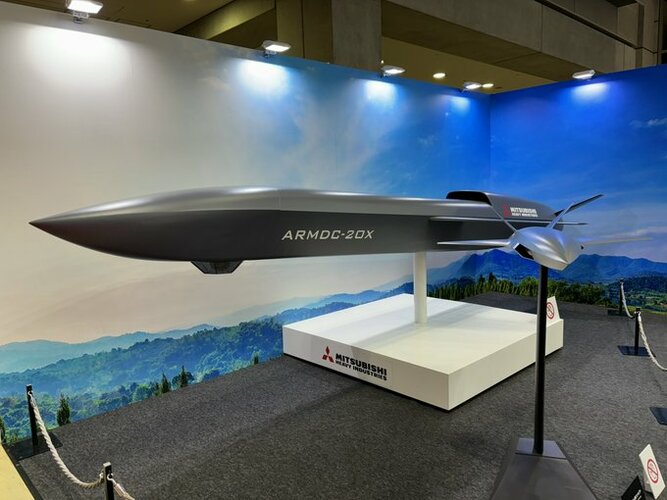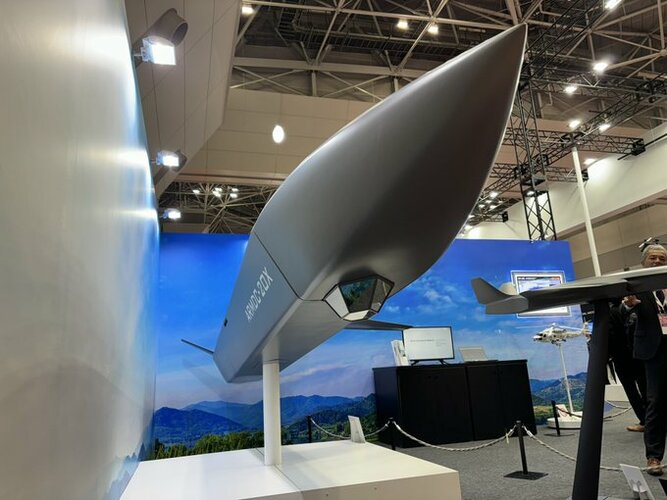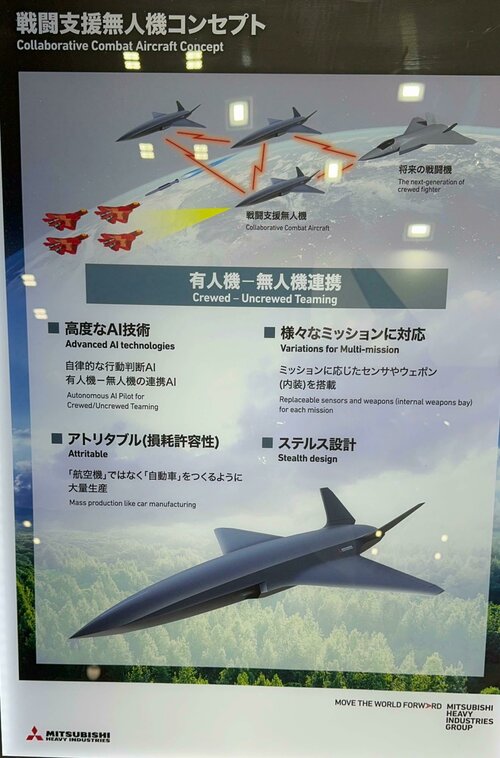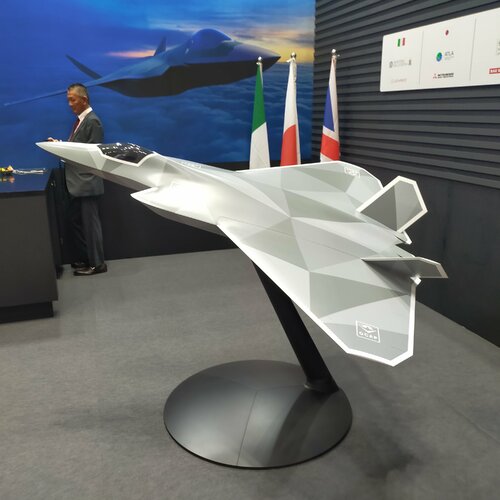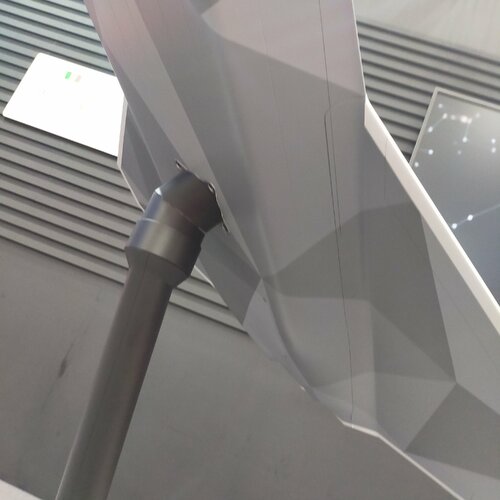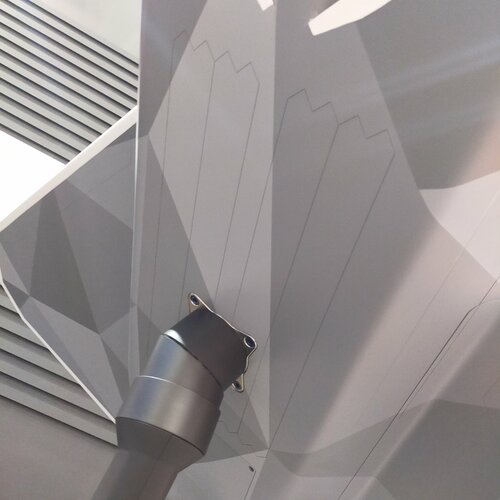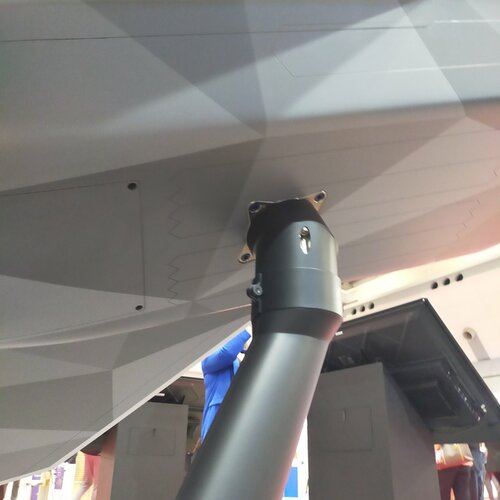Scott Kenny
ACCESS: USAP
- Joined
- 15 May 2023
- Messages
- 11,524
- Reaction score
- 14,093
Remember how close Okinawa is to Taiwan.There's a key difference between UK, a NATO member, and Japan, is that UK is responsible for the defnece of its allies in the NATO's Eastern flank; Japan is not for Taiwan. NATO regularly deploys BAP and there are several NATO GBAD batteries from Western European member nations deployed to Eastern European allied territories. UK for example has one of their five Sky Sabres batteries forward deployed in Poland.
This also means there are grand total of two Sky Sabre batteries stationed in Britain, as the other two are deployed in the Falklands. If anything, the differences in how Britain is armed in terms of GBAD and comparing that to Japan should give a good idea why it's such an apple to oranges comparison to directly compare both countries' ADIZ and its EEZ when it comes to air power projection requirements. JSDF is really just that, a self defense force, while British Armed Forces aren't.
Any fighting around Taiwan will require the effective neutralization of the bases at Okinawa by China.



